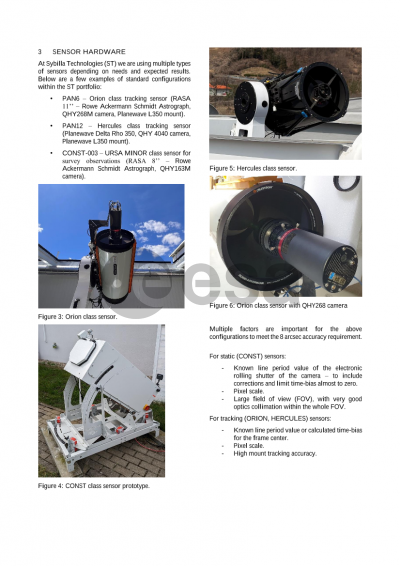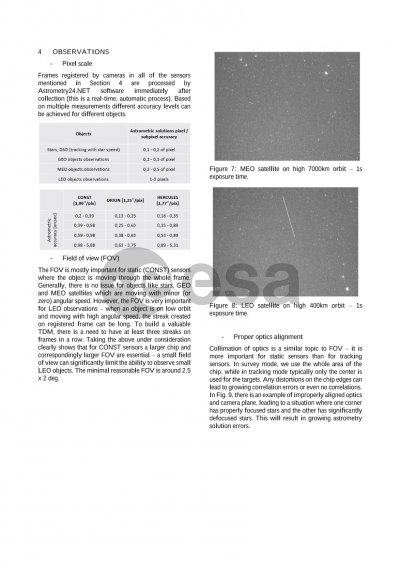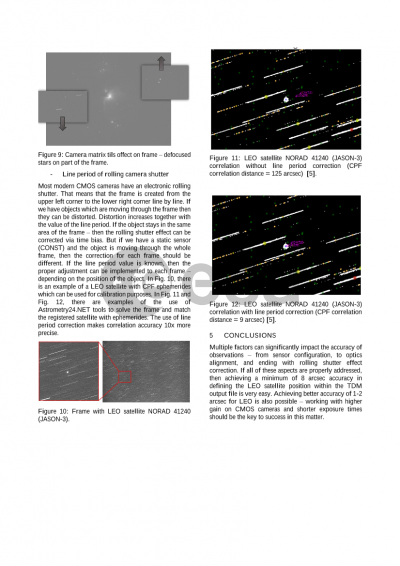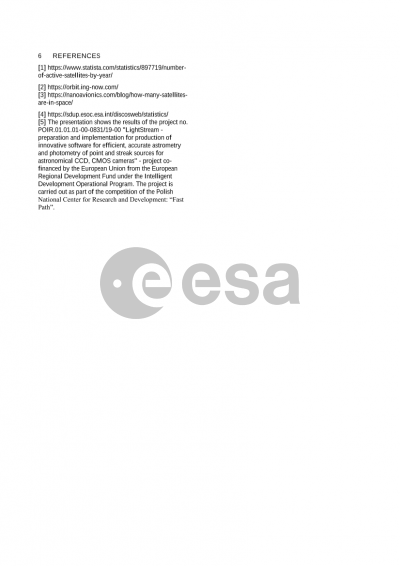Document details
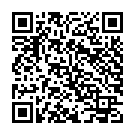
Abstract
In our contribution we will present and describe the topic of maximizing the quality of SST observations through camera and sensor configuration.
There are many indicators which should be taken under consideration during this process from the simple ones such as FOV and size of the camera matrix, through pixel size and its effect on astrometric solutions, to the complex topic of the rolling shutter effect and how to implement proper corrections to minimize its negative impact on the observations.
The main point of focus will be on how the resolution of the mirror and the pixel scale affect SST measurements and data quality. Additionally, we will discuss the optimization of optics collimation and the tracking accuracy of mounts, which is crucial for LEO satellite observations.
All of the analysis will show examples of good and bad correlation with and without using the rolling shutter correction.
This will be presented based on the data processed with the use of the Astrometry24.NET software developed by Sybilla Technologies, which delivers near-live astrometric processing of frames and satellite correlations.
However, a camera is only part of sensor and cannot be considered separately. Therefore, we will present and describe also the configuration of three distinct sensors in our network: PANOPTES-6 located in Spain equipped with a Celestron RASA11 telescope and a QHY268PRO camera; CONST-003, a static telescope located in Poland with RASA8 telescope and QHY163 camera; and finally PANOPTES-12 in South Korea equipped with a PlaneWave DeltaRho telescope and a QHY4040 camera. All these sensors are operational, providing large amounts of high-quality data for the EUSST consortium.
Preview

